Retrospective: Eaten Alive (1976) – 40 Years Later

It is so strange Tobe Hooper followed-up the phenomenal critical and commercial success of his 1974 debut feature masterpiece The Texas Chain Saw Massacre with something… well so strange. Eaten Alive is an exercise in atmosphere, imagery and surrealism with narrative taking a backseat that could not possibly appeal to mainstream movie-going crowds. Because of this, critics and audiences expecting more of the same were disappointed and so Hooper’s sophomore effort performed to disastrous results theatrically. Yet despite its flaws with pacing issues, taken for what it is it is a success in the respect of its experimentation. It has many effective moments and is certainly worthy of investigation.
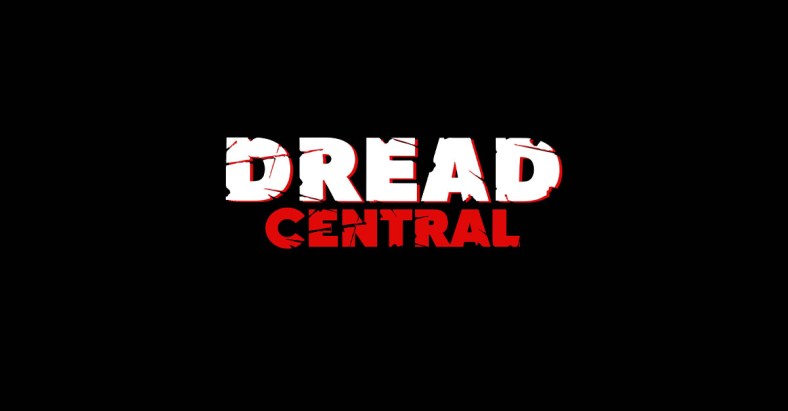
Although it is actually similar in context and tone to The Texas Chain Saw Massacre. Contextually, it continues the filmmaker’s fascination with the paranoia felt of the Deep South and its inhabitants and is as well inspired by a true-life serial killer of the region. Before it was Ed Gein, here it is Joe Ball also known as “The Alligator Man” as he is said to have fed to alligators up to twenty women throughout the 1930s. In terms of tone, it features the same kind of bat shit crazy mayhem particularly in its similar climax and its death set-pieces are mean spirited but unlike that previous work, the depictions here are graphic. Having been well fucked over by his previous distributors, I cannot help thinking Tobe Hooper was letting out his frustrations here by trying to repeat that film’s elements and consciously trying to outdo its non-gore kill sequences by adding that factor with explicitly nasty imagery.
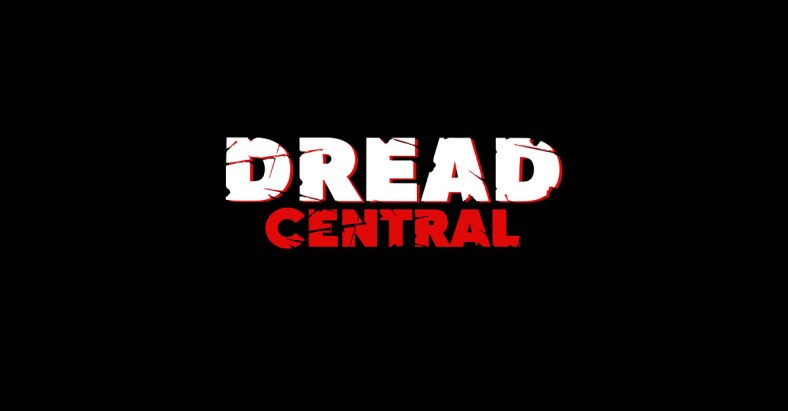
Screenwriters Alvin L. Fast, Mardi Rustam and Kim Henkel (The Texas Chainsaw Massacre) follow a similar narrative structure (for what little narrative there is) as Alfred Hitchcock’s Psycho (1960)…
THERE ARE SPOILERS FOR THESE NEXT THREE PARAGRAPHS OF SYNOPSIS:
Young runaway Clara has been working and living in a brothel for a few weeks when she is thrown out after refusing to have anal sex with one of the customers – an obnoxious local redneck named Buck. The luckless young woman makes her way to the dilapidated Starlight Hotel where she has the misfortune of meeting its owner – the crazed war veteran Judd (the late Neville Brand in a knockout performance). Judd has a wooden leg and is the proud owner of a gigantic crocodile he keeps in a pen right next to the hotel. When Judd realizes Clara is a prostitute from the local brothel, he becomes enraged. After a tussle, he attacks her with a sickle slashing her up and then throws her body in the Crocodile’s pen for its next meal.

Not long after a family turns up on their way through town. When their dog wanders off to the croc’s pen and is eaten by the crocodile the daughter Angie becomes hysterical. They decide to rent one of the rooms for the night so they can get over the trauma and to calm down Angie. After father Roy and mother Faye have an argument, Roy doing the protective fatherly thing decides he is going to shoot the crocodile with his rifle. Judd does not like this, kills him, and feeds him to the croc. He then beats Faye and chases Angie underneath the hotel right next to the crocodile pen where she remains for the rest of the movie while her mother is gagged and tied to a bed in one of the rooms.
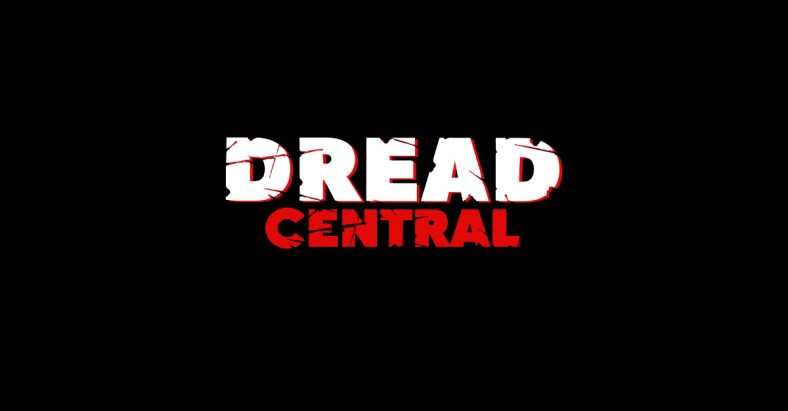
This is just an all-around bad day for poor old crazy Judd as a father and daughter show up at the hotel looking for their lost daughter/sister Clara. Judd suggests they go check out the brothel. They visit the sheriff first who accompanies them. The brothel’s owner says she has never seen Clara before. Returning to the hotel the father becomes the crocodile’s third meal while his daughter spends time with the sheriff in town. Bad boy Buck then turns up with a new girlfriend to cause yet more trouble for Judd while he continues to flush out Angie from beneath the foundations of the hotel and while Faye, is still gagged and tied to the bed.
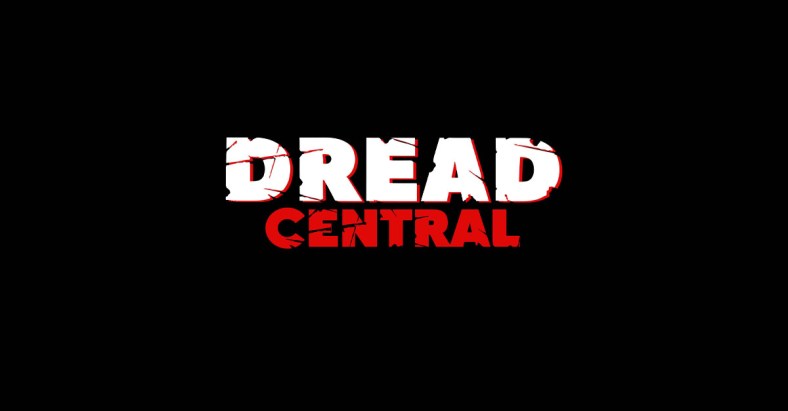
END OF SPOILERS
Much like some of Lucio Fulci’s horror work that came later, these pieces of story just string together the film’s main strengths – its grisly imagery and downright weirdness all dripping in atmosphere. Outside of the main plot, which there is not much of things really drag, as the actors just sit around talking about nothing in particular that does not advance the proceedings and this is the main weakness here – boring us to death.
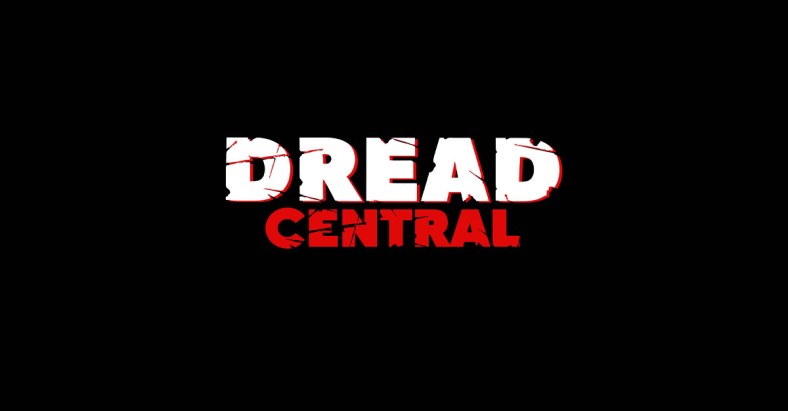
While similar in context and tone to The Texas Chainsaw Massacre, visually it is a completely different experience. Before Hooper shot entirely on location but here he opted for Hollywood sound stages and the set designs leave a lot to be desired. The naturalism of the wide-open spaces of rural Texas added purity to The Texas Chainsaw Massacre whereas here everything looks cheap, tacky and fake. Although this artificial nature with the shoddy set designs just adds to the overall strangeness with the detached narrative and cinematographer Robert Caramico’s red lighting techniques all coming together to create a dream like logic with a surrealistic nightmarish Deep South that borders on arthouse horror cinema.
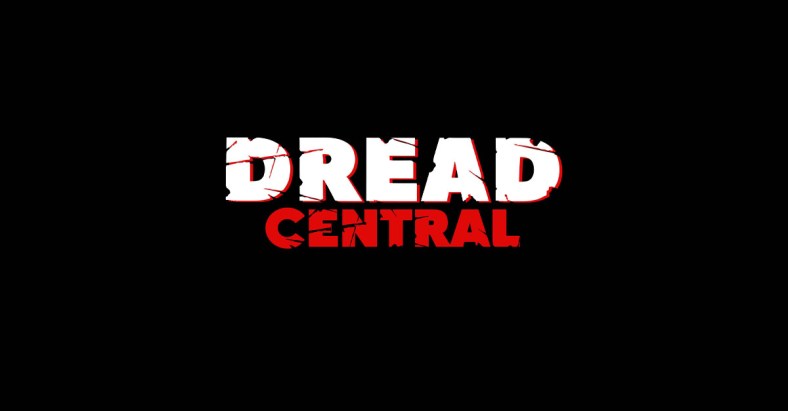
The movie’s other strength is its all-star supporting cast of genre veterans all delivering solid performances. This is one of Robert Englund’s earliest roles. For Kill Bill: Vol. 1 (2003), Quentin Tarantino borrowed the name of Englund’s character Buck and one of his lines that is the first piece of dialogue in the opening scene. Tarantino paraphrased it from “Name’s Buck… and I’m rarin’ to fuck” to “My name is Buck… and I’m here to Fuck.” Clara is played by 70’s drive-in exploitation regular the late Roberta Collins – Women in Cages (1971), Caged Heat (1974), Death Race 2000 (1975) etc. The quirky and versatile character actor the late William Finley plays Roy. Finley is best known for his work with Brian De Palma – Sisters (1972) and Phantom of the Paradise (1974) – and would work with Hooper again on 1981’s The Funhouse. Playing Roy’s wife Faye is the late Marilyn Burns who of course originated the final girl role in The Texas Chainsaw Massacre. Their daughter Angie is played by Kyle Richards who would go on to her most famous role as a child actress playing little Lindsey Wallace in John Carpenter’s Halloween (1978). The late Carolyn Jones plays Miss Hattie, the owner of the brothel. Jones is best known as the original Morticia Addams in “The Addams Family”.
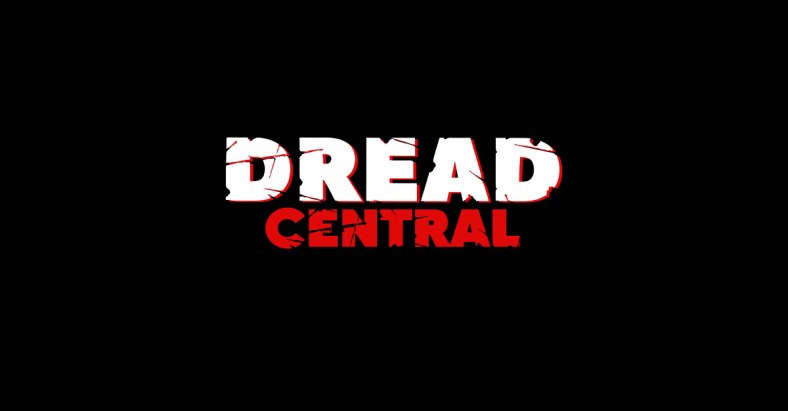
Eaten Alive is certainly not a great film and Hooper would fare better with his 1979 Stephen King adaptation Salem’s Lot and come the ’80s with the aforementioned The Funhouse in 1981 and Poltergeist in 1982. However, the power in its atmosphere, madness, surrealism, gruesome sights and sleazy nature is immensely effective making it entertaining overall despite its meandering parts. The first time I saw it was back in the ‘90s when I caught it on TV as the BBC were showing it late one night. When I finished watching it, I did not think much of it. Soon after though, I started thinking about all its elements that I really liked and that kept me coming back for more over the years. I now have an appreciation for it and you just might end up having that too.
[youtube https://www.youtube.com/watch?v=DqRVtNdkCBo]
Categorized:News Retrospectives

